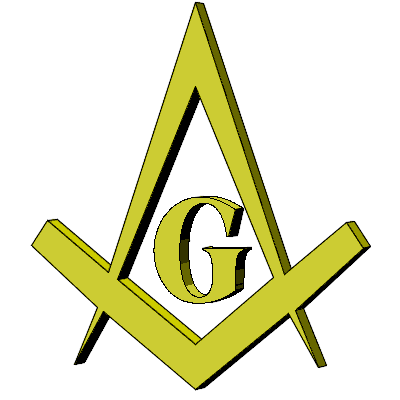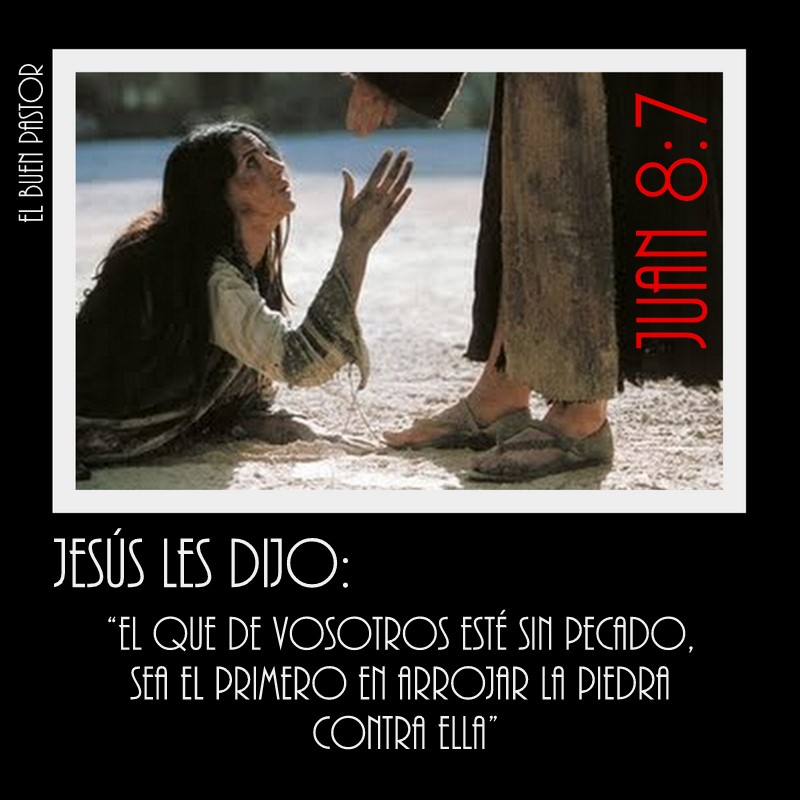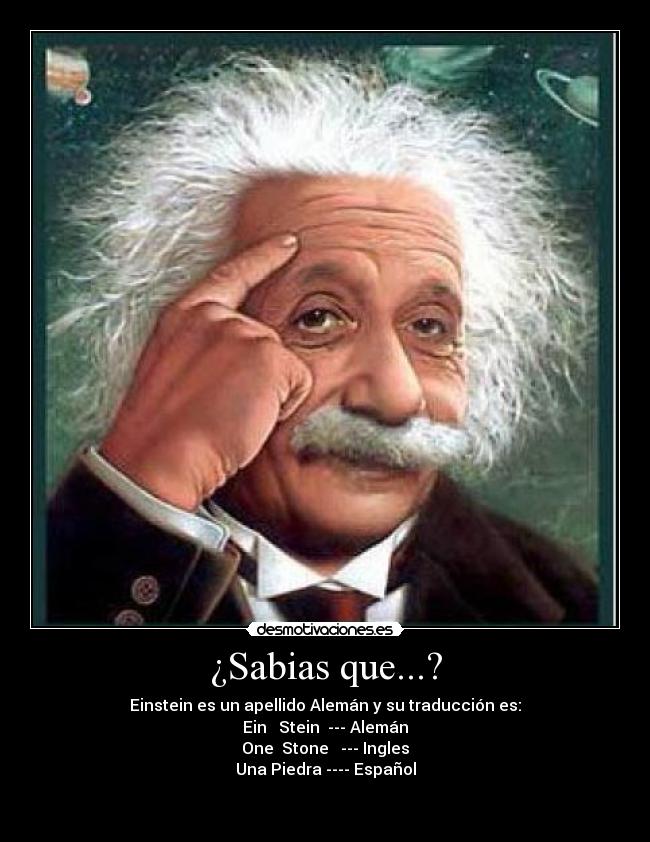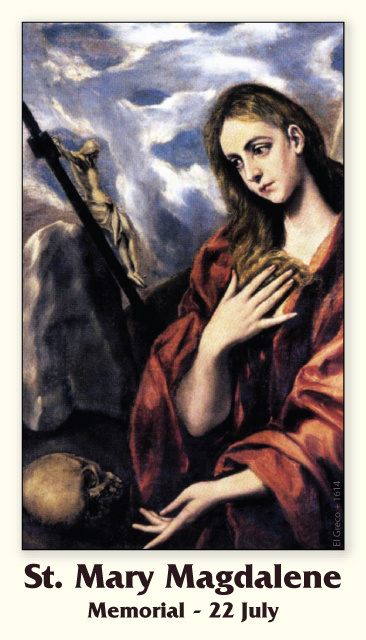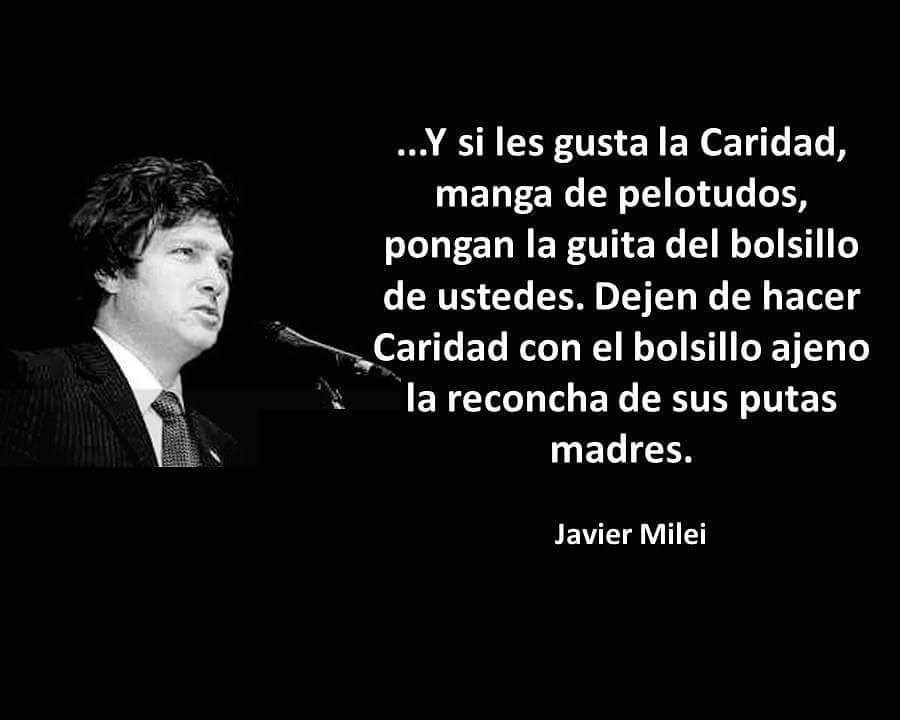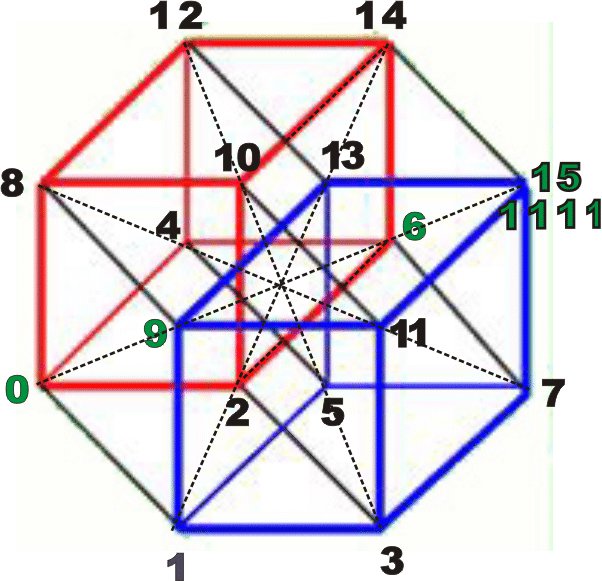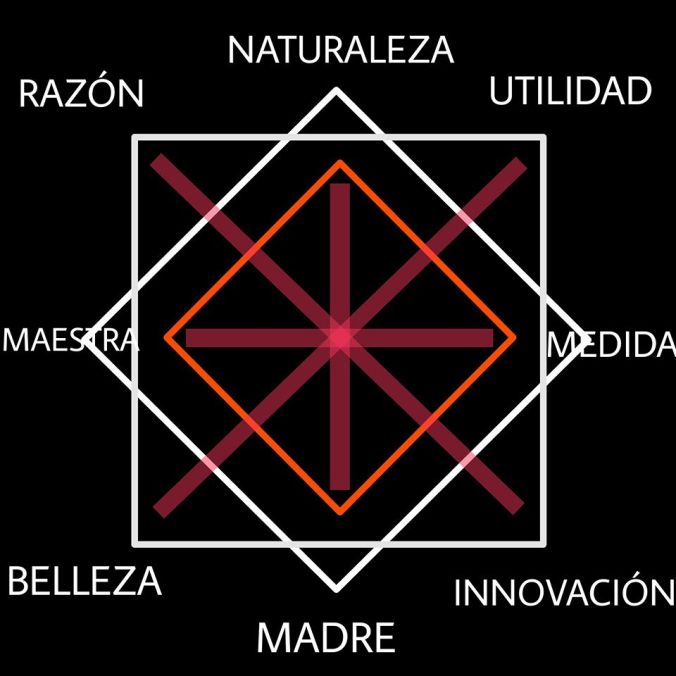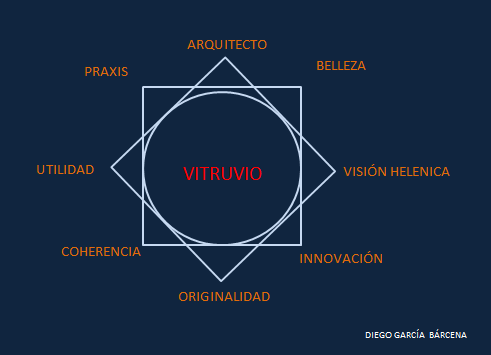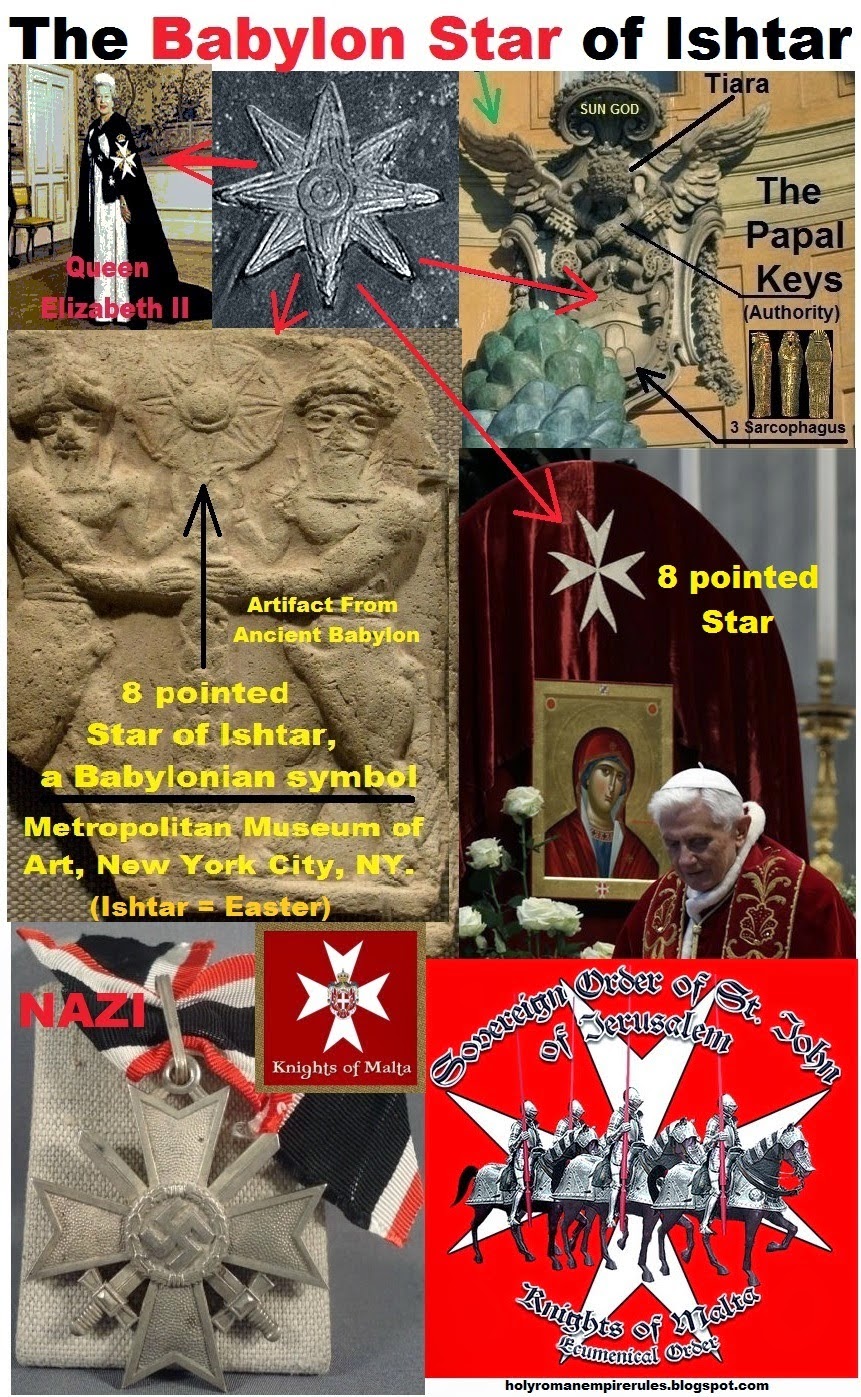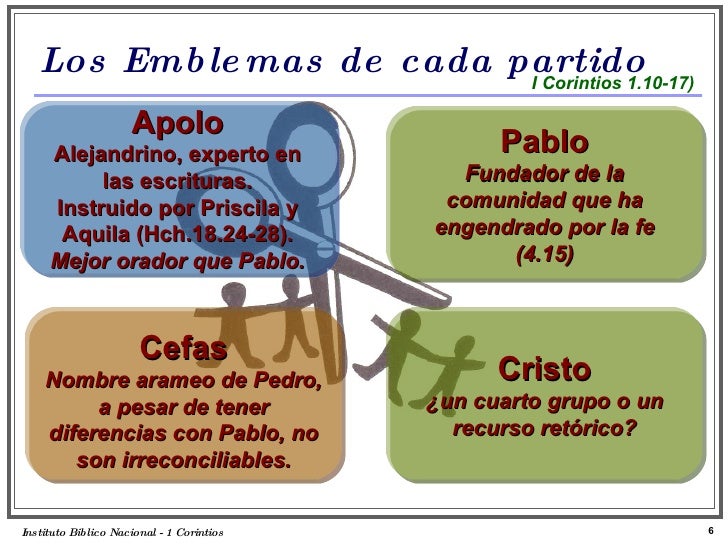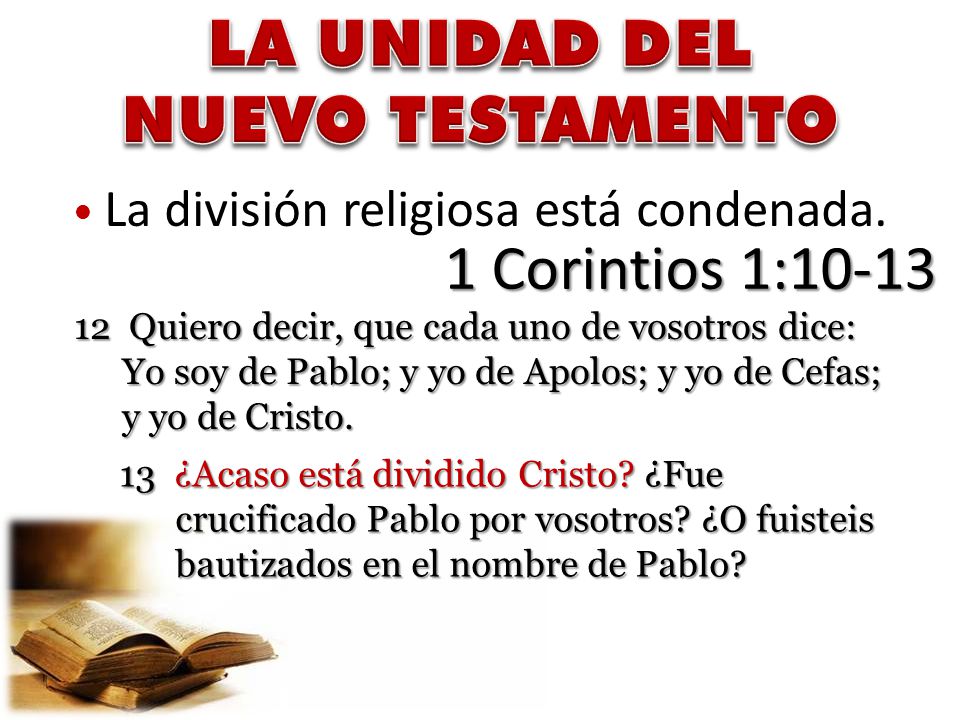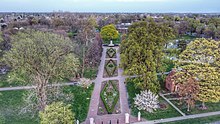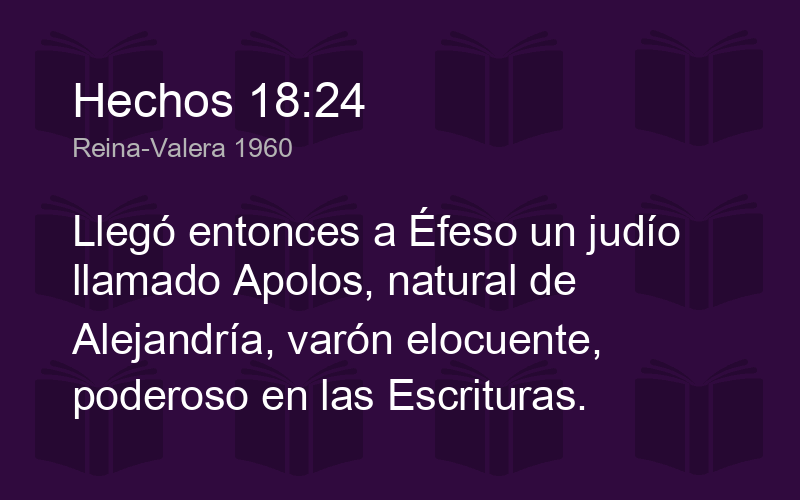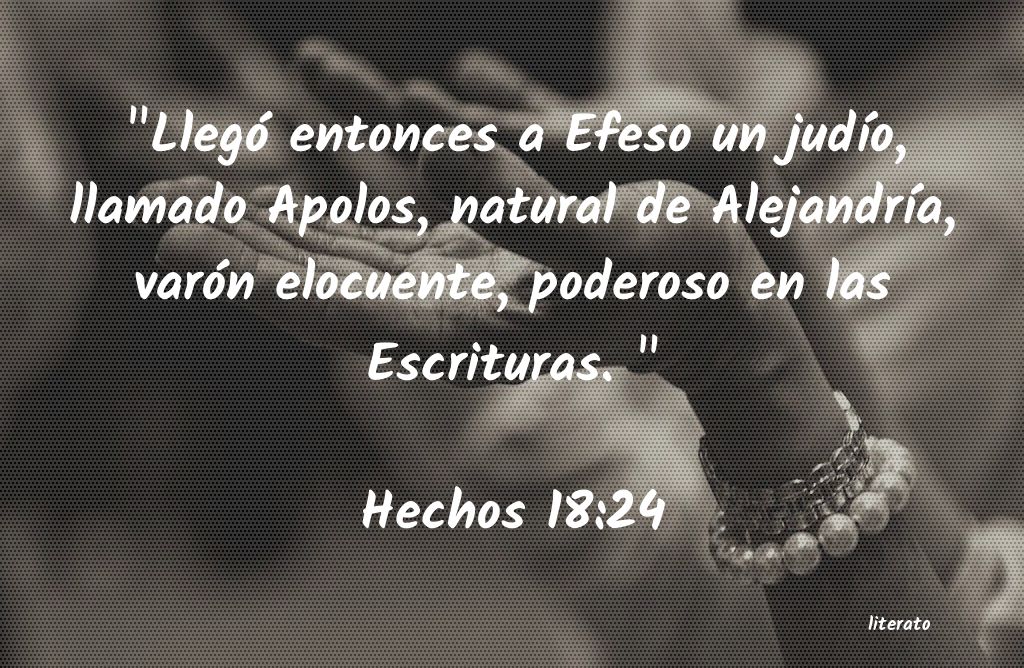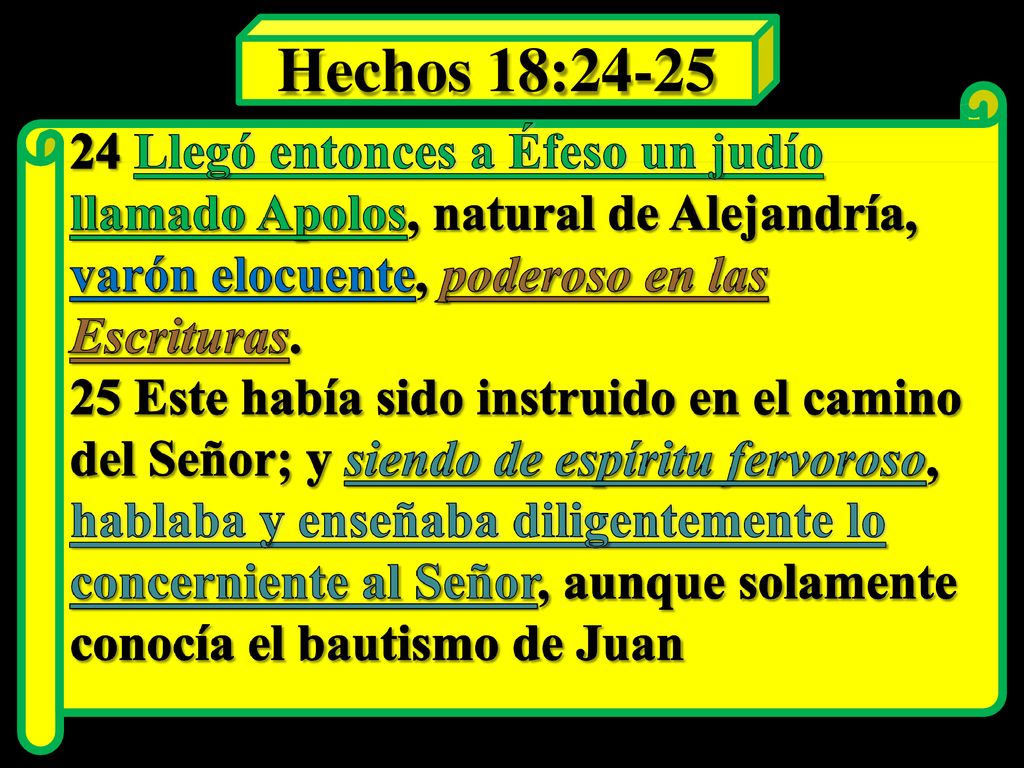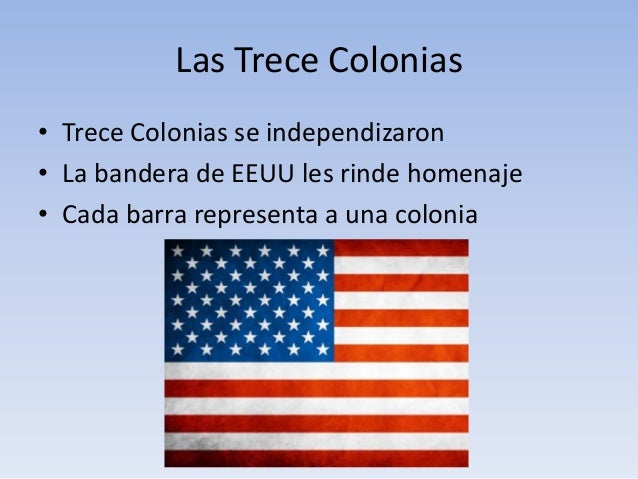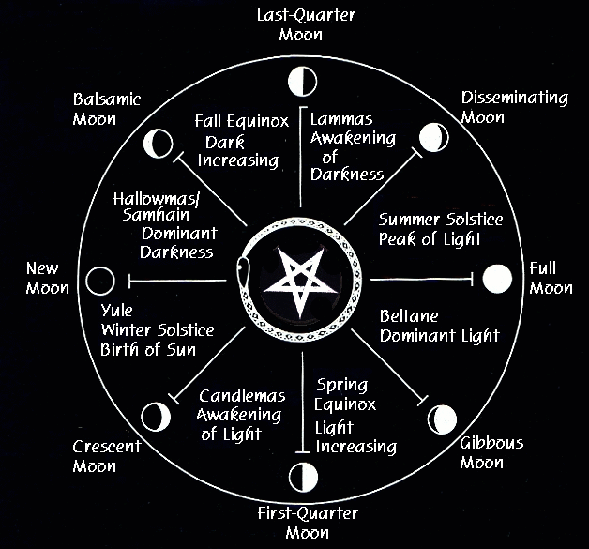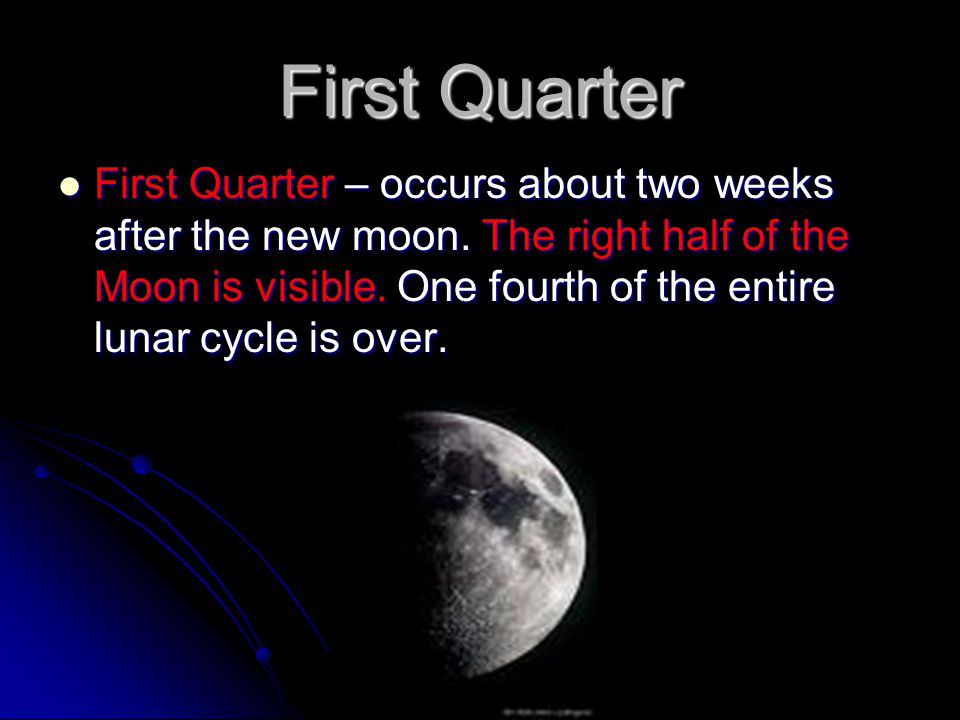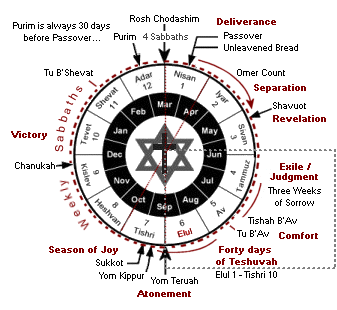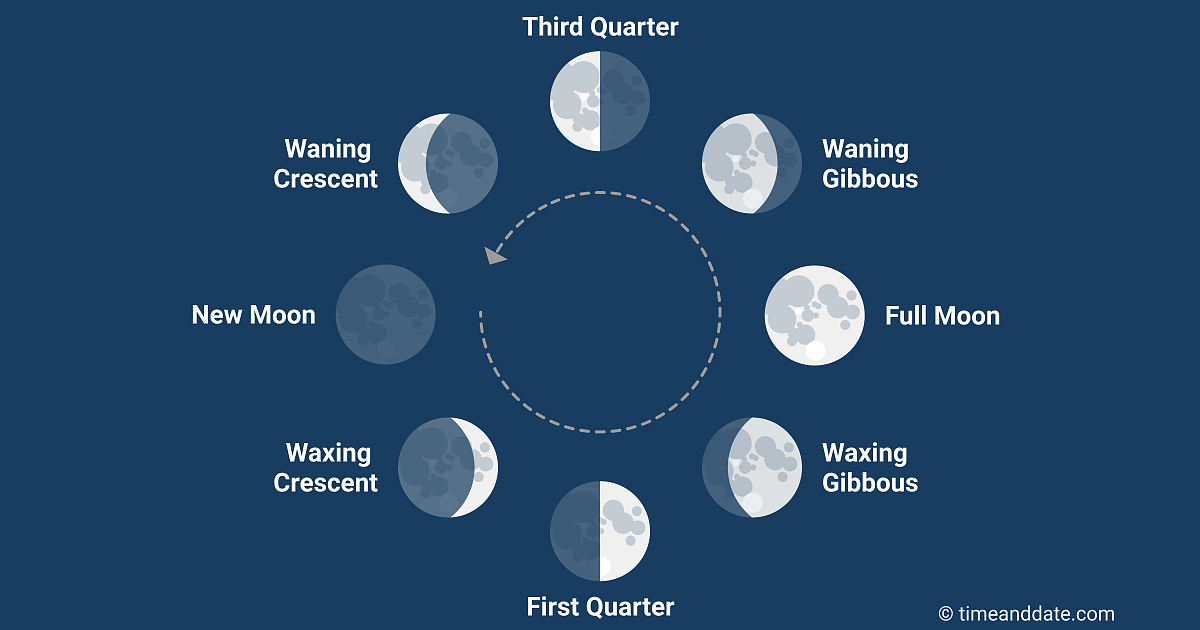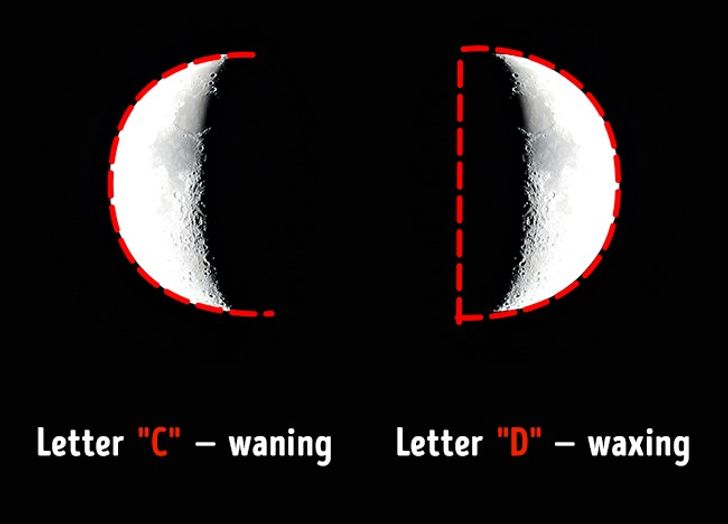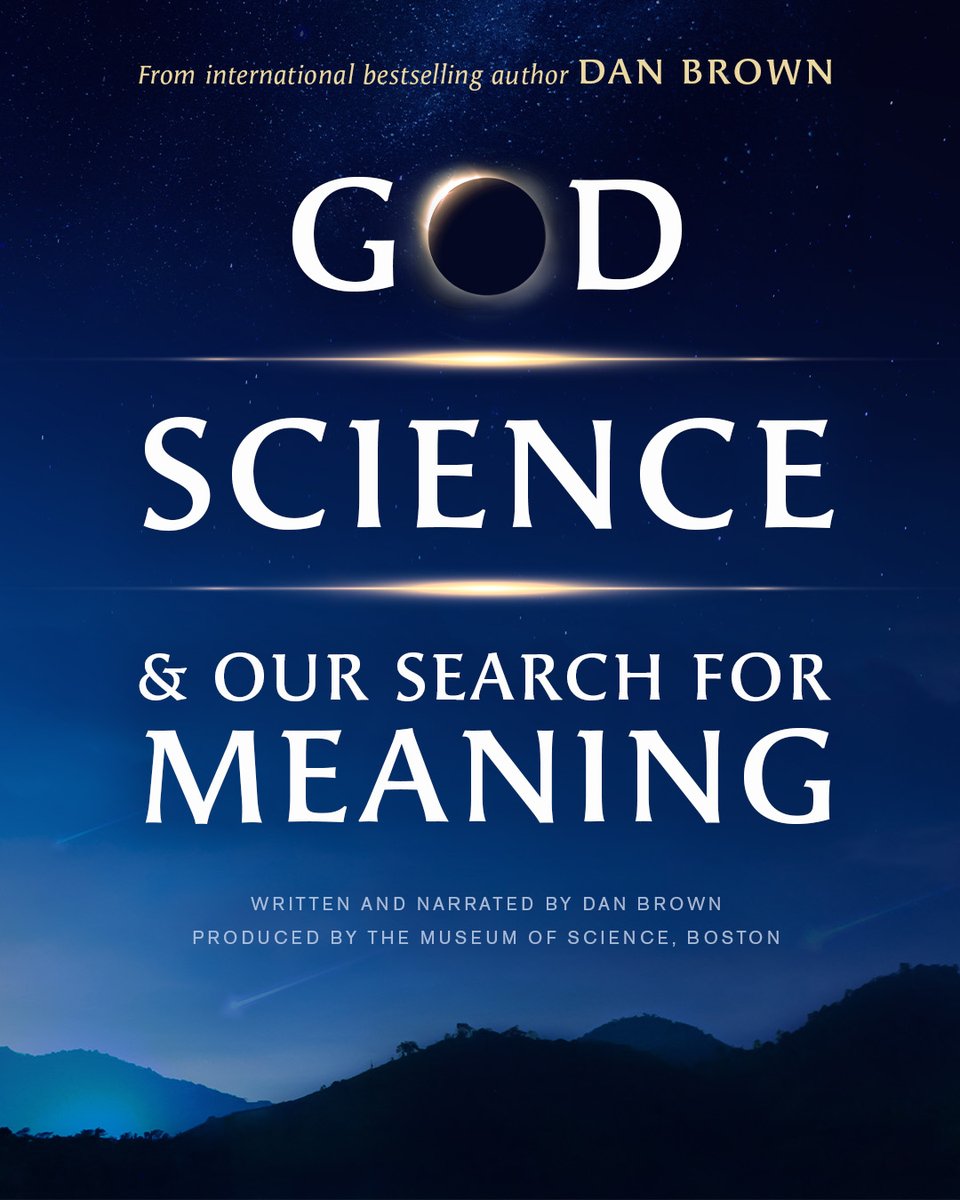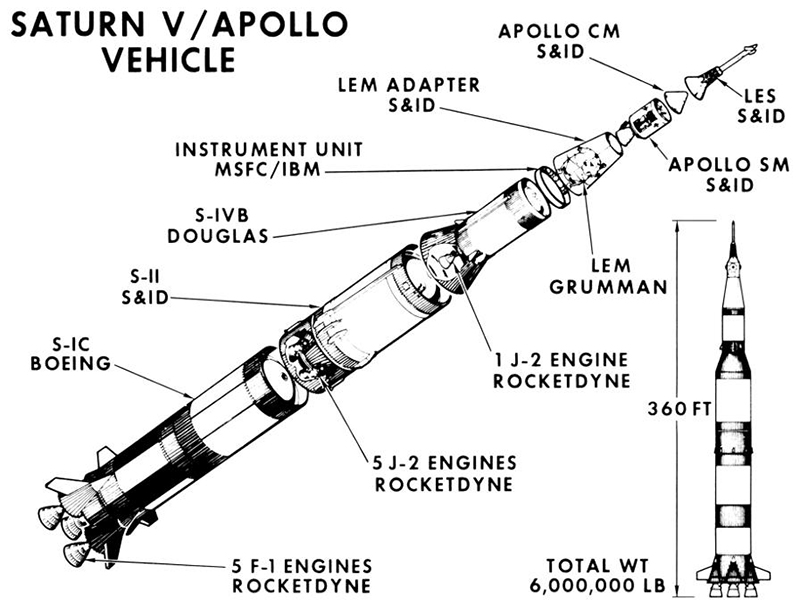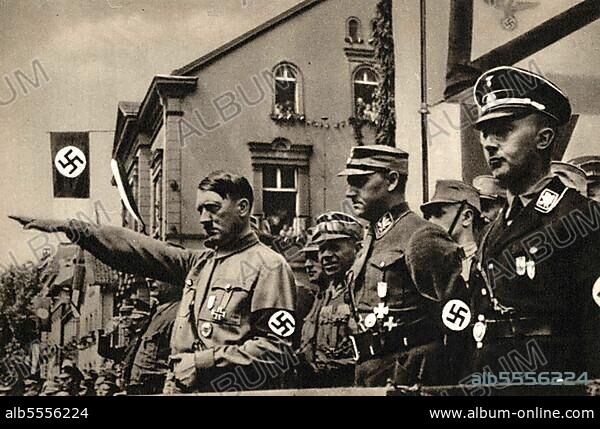|
|
General: WERNHER VON BRAUN (EL MAYOR LOGRO DEL HOMBRE EN TODA LA HISTORIA)
Triar un altre plafó de missatges |
|
|
 LA PIEDRA FILOSOFAL DE LA ALQUIMIA. GENESIS 3.14=NACIMIENTO DE EINSTEIN (STEIN=PIEDRA=PEDRO). ¿PORQUE EINSTEIN NACIO EN EL 14 DE MARZO osea una referencia al PI=3.14? ¿FUE ALBERT EINSTEIN UN ALQUIMISTA? SIN PALABRAS, ESTA TODO CODIFICADO. TODO ES ALQUIMIA. TODO ESTA INTERRELACIONADO. LA ECONOMIA, LA FISICA, LA FILOSOFIA, LA TEOLOGIA, LA SOCIOLOGIA, LA ASTRONOMIA, LA PSICOLOGIA, EGIPTOLOGIA, MATEMATICAS, ETC,ETC. ¿PORQUE NO SE ENSEÑA ESTO EN LAS UNIVERSIDADES Y TAMPOCO EN LAS DENOMINACIONES RELIGIOSAS TRADICIONALES? ¿ES MAGIA O ES ALQUIMIA? ES OBVIO, EL NEXO CON EL PENTAGONO O LA MANZANA EN EL CONTEXTO A PROVERBIOS 25:11 (SABIDURIA DE SALOMON). LA TEORIA DE LA RELATIVIDAD, AL DEPENDER DEL NUMERO PI, ES OBVIO QUE TAMBIEN DEPENDE DE PHI, EN EL MARCO QUE PI=4/RAIZ CUADRADA DE PHI, COMO LO CONFIRMA LA GRAN PIRAMIDE (PI_RAMIDE). OSEA VOLVEMOS AL 3.14. ¿EL VERDADERO VALOR DE PI ES EL TRADICIONAL O EL DE LA GRAN PIRAMIDE QUE DEPENDE DEL NUMERO 4, UNA OBVIA REFERENCIA A LAS 4 FASES DE LA LUNA O CUARTO MANDAMIENTO DE LA BIBLIA?
¿COMO SE EXPLICA QUE EL NACIMIENTO DE ALBERT EINSTEIN FUE UN 14 DE MARZO E INCLUSO LA MUERTE DE STEPHEN HAWKING? ¿FUERON VIAJEROS EN EL TIEMPO O HAY UN DIOS TODOPODEROSO QUE NO JUEGA A LOS DADOS? TODO ESTA CODIFADO.
LA RELATIVIDAD DE EINSTEIN EN FUNCION A LA GRAN PIRAMIDE
 900 × 582 900 × 582
Sabemos que Vesica Piscis esta en funcion al a los 153 peces de Juan 21:11.
 Aqui tenemos a Pi - la circunferencia del toro y la vesica piscis 256/153 equivalente a la raiz cuadrada de 3 En el hipercubo las coordinadas binarias de Piscis son decimal 3 y binario 11 153 los pescados de Jesus en la biblia
22/7=DIA DE MARIA LA MAGDALENA=3.14 =PI
|
|
|
|
|
German Village
From Wikipedia, the free encyclopedia
German Village is a historic neighborhood in Columbus, Ohio, just south of the city's downtown. It was settled in the early-to-mid-19th century by a large number of German immigrants, who at one time comprised as much as a third of the city's entire population. It became a city historic district in 1960[2] and was added to the National Register of Historic Places in 1974, becoming the list's largest privately funded preservation district,[3] and in 2007, was made a Preserve America Community by the federal government. In 1980, its boundaries increased, and today it is one of the world's premier historic restorations.
History[edit]
In 1796, Congress appropriated the Refugee Lands for Canadian province individuals who had supported the Colonial cause in the American Revolution. By 1802, an American Revolution veteran named John McGowan claimed 328 acres (1.33 km2), most of what would become the German Village. As German immigrants arrived, McGowan sold tracts of land to them. By 1814, a settlement had grown up, originally called "Das Alte Südende" (the Old South End), and German immigrants contributed to building the first statehouse.
Immigration[edit]

Stewart Elementary School, built in 1874
By 1830, massive German immigration to the city had occurred. The most influential German newspaper in 1843 was Der Westbote. Many would serve in the American Civil War, thus gaining the universal respect of the local citizens. By 1865, one-third of Columbus's population was German and the community was flourishing. They built up the local neighborhood, including many businesses, such as Hessenauer Jewelers and Lazarus Department Stores, schools, and churches, such as the Ohio-historic St. Mary's Catholic Church, built in 1865 and adorned with a 197-foot (60 m) steeple in 1893.[4] German-American George J. Karb became mayor of the city, twice, at the end of the 19th century and again in the early 20th century.[5]
During the early 20th century, the south end saw newcomers from eastern Europe aside from German immigrants, resulting in brother neighborhoods such as the Hungarian Village.[6]
The local schools the German immigrants constructed and managed were so superior that English-speaking residents of Columbus chose to attend them, such as one that once stood at Fulton Street east of S. Fourth Street.[5][7]
World War I[edit]
The area was in serious decline throughout the first half of the 20th century, partly due to anti-German sentiment during World War I. During that time, the teaching of German in public schools was banned and German textbooks were burned. German street names were changed, such as Germania Street becoming the present-day Stewart Avenue,[8] and Schiller Park was temporarily renamed Washington Park. The anti-German sentiment fueled by the media was so bad that in 1918, German books were burned on Broad Street and at the foot of the Schiller statue. German canine breeds were taken from their owners and slaughtered, including German Shepherds and Dachshunds. Despite the hatred, the Columbus German American community would produce one of America's finest heroes from the war, Captain Eddie Rickenbacker, for whom Rickenbacker International Airport in southern Columbus is named.
Declared slum[edit]
Further decline occurred later due to the closing of the local breweries during Prohibition. After the war, the south end was zoned for manufacturing, leading to the erosion of the area's residential feel. In World War II, the streetcar tracks and wrought-iron fences were confiscated for the war effort. By the 1950s, the area had become a slum and the city decided to demolish one-third of the neighborhood.[9][10]
Renewal[edit]
Frank Fetch[edit]
With the Village nearing complete destruction, Frank Fetch defied the common wisdom and purchased a house on S. Wall Street, determined to rebuild the neighborhood. Fetch would create the German Village Society. In June 1960, the society hosted the first Haus und Garten Tour, which attracted visitors and the local media to eight restored homes and two gardens. Today, the tour is one of the city's most popular events.[11] Frank Fetch Park was named after him.
Historic preservation[edit]
Concerned citizens managed to save its historic architecture from demolition in the 1960s by lobbying for a local commission, the German Village Commission, to have power over external changes made to buildings and by getting the area listed on the National Register of Historic Places in 1975.[11] As of 2009, the German Village Society has over 1,000 preservationists who maintain the historic quality of the buildings and neighborhood, and German Village is considered one of the most desirable areas to live in the city.[12] More than 1,600 buildings have been restored since 1960 and it is credited as one of the world's premiere restoration districts.[13] By the 1980s, the restoration was nearly complete. Today, it is the largest privately funded historic district on the National Register of Historic Places.[3]
The area is mostly a residential neighborhood of sturdy, red-brick homes with wrought iron fences along tree-lined, brick-paved streets.
The German Village Guest House has been recognized as one of the best in the Midwest by the New York Post, The Plain Dealer, and the St. Louis Post Dispatch,[14] and positively reviewed by The Washington Post and The Tennessean.[14] It was rated as the "Best Columbus Hotel 2010" by City Search.[15]
In 2007, German Village was recognized by the White House as a Preserve America Community.[16]
Oktoberfest[edit]
German tradition has long reigned in the community in the form of an annual Oktoberfest festival. It originally took place in Schiller Park and has been held at various locations within the German Village neighborhood. Due to new development in the area, it now takes place at the Ohio State Fairgrounds / Ohio Expo Center. The festival was voted to be canceled in 2009, but the Schmidt (owners and operators of Schmidt's Sausage Haus) and Cox families stepped in to keep it running.[17] A smaller Oktoberfest still goes on in the German Village itself, at the Germania Gesang und Sport Verein (Singing and Sports Club) at 543 South Front Street in the old Schlee Brewmaster's House and outdoor garden.[18]
Although German Village is an eclectic community, the area is known as a residential gay village. While there are no gay establishments within German Village, the neighboring Brewery District and Merion Village have several.
Geography[edit]
Boundaries[edit]
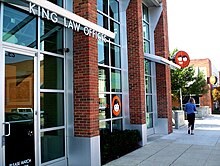
Much of the area in present-day south downtown along I-70 was at one point considered part of German Village, including the Market Exchange District, which has experienced a revival alongside German Village. [19]
German Village is bound by Pearl Street on the west; East Livingston Avenue on the north; Lathrop Street, Brust Street, Grant Avenue, Jaeger Street, and Blackberry Alley on the east; and Nursery Lane on the south. [20]
Parks and landmarks[edit]
Schiller Park, named after Johann Christoph Friedrich von Schiller (1759-1805), was once a community meeting ground for German immigrants. It is now the site of recreational facilities, gardens, and an amphitheater that hosts free live performances of Shakespearean plays during the summer months courtesy of Actors' Theatre of Columbus.[21] It is bounded by Jaeger Street and City Park, Reinhard, and Deshler Avenues. It has been the area's center for festivals and neighborhood activities since the 1800s.
The 23-acre park's main entrance, along City Park Avenue, greets visitors with the Huntington Gardens, sponsored by Huntington National Bank and maintained by volunteers, and the Schiller statue. The statue was presented to the park by local residents in 1891. It is a second casting of the statue in Munich, Germany, designed and executed by Max von Widnmann and unveiled on May 9, 1863. The Columbus statue was transported free of charge across the Atlantic. The park is also home to Umbrella Girl, dedicated to the citizens of German Village in October 1996 to replace the missing original sculpture.
The neighborhood's Stewart Alternative Elementary School, was built in 1874. It is one of the oldest remaining school buildings in Columbus, built at the same time as the First and Second Avenue Schools, also still extant.[22]
|
|
|
|
|
Mary Magdalene is considered to be a saint by the Catholic, Eastern Orthodox, Anglican, and Lutheran denominations. In 2016, Pope Francis raised the level of liturgical memory on July 22 from memorial to feast, and for her to be referred to as the "Apostle of the apostles".
|
|
|
|
|
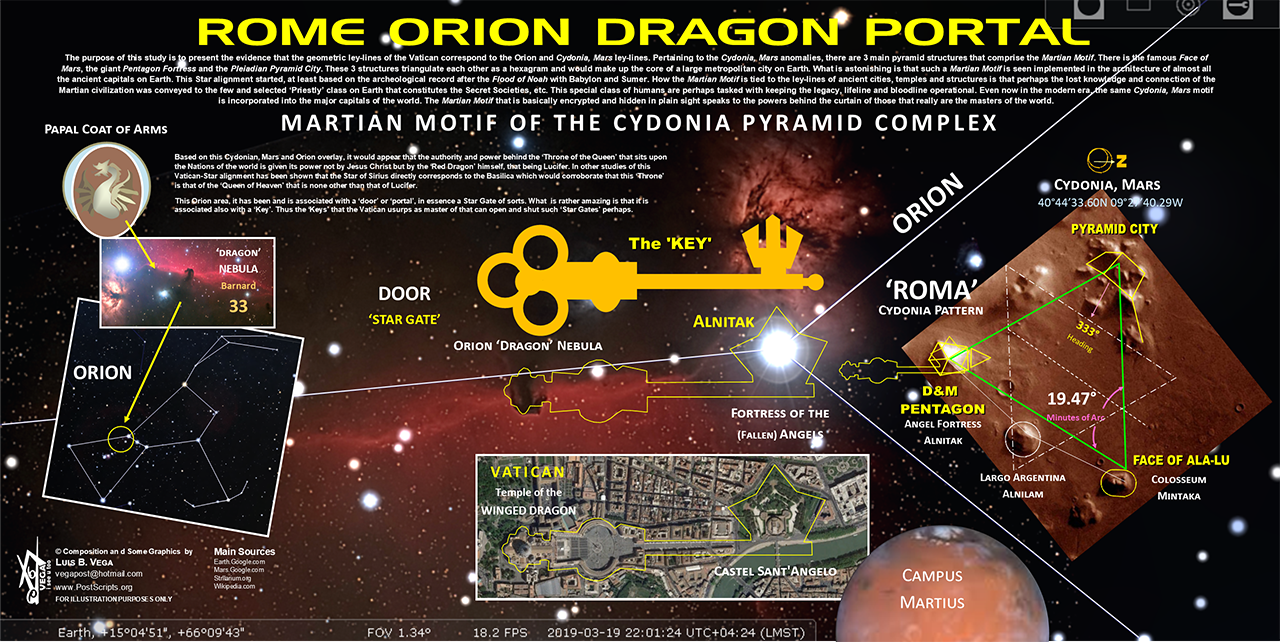
ANCIENT EGYPTIAN GEODESY - PART II
The great circle alignment from Giza to Alexandria has an azimuth of 51.85° north of due west from Giza (the same angle as the slope of the Great Pyramid). Extended beyond Alexandria, this great circle also crosses over Delphi, Rollright and Newgrange, as well as the city of London.

Map image © VectorGlobe
The azimuth of a great circle alignment from Dendera to Paris is also 51.85° north of due west.

Map image - Roger Hedin
Dendera was dedicated to Isis/Sirius. The ancient Egyptian year began on the date of the heliacal rising of Sirius in mid July. The helical rising of Sirius heralded the annual inundation of the Nile that was essential to the welfare of ancient Egypt. The axis of the temple of Isis at Dendera was aligned 20° south of due east, pointing directly at the rising point of Sirius from the latitude of Dendera.
Robert Bauval describes a number of connections between Isis/Sirius and Paris in Talisman (2004). Isis is shown riding on a boat in many ancient Egyptian drawings and carvings. At the direction of Napoleon, Sirius and a statue of Isis were added to the coat of arms for Paris shown below.
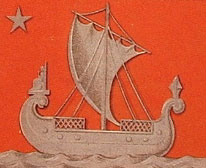
During the French revolution, a statue of Isis known as the Fountain of Regeneration was constructed on the former site of the Bastille. The engraving below commemorated this statue.
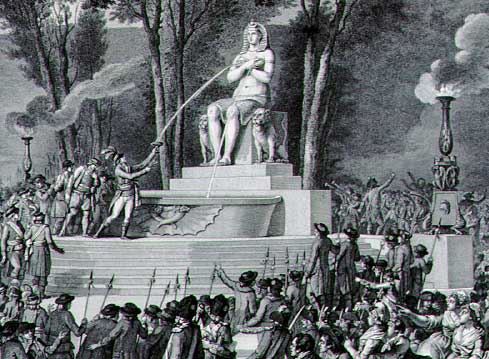
Fountain of Regeneration Engraving
The Elysian Fields is described as a place of eternal salvation in the ancient Egyptian Book of the Dead. Named after the Elysian Fields, the Champs Elysees is the main axis of Paris. The names Elysian and Elysees both suggest an association with Isis. The photograph below is facing southeast. The Arc de Triumphe is visible in the background. Beyond the Arc de Triumphe is the Louvre. The azimuth of the Champs Elysees is 26° south of due east, pointing directly at the rising point of Sirius/Isis from the latitude of Paris.

The termination point of the Champs Elysees to the northwest is the Grande Arche, in the foreground of the picture above. The axis of the Grande Arche is offset 6.33° south of the axis of the Champs Elysees. With an azimuth of just over 32° south of due east, the azimuth of the axis of the Grande Arche is the same as the azimuth of the great circle alignment from Paris to Dendera.
The Grande Arche is a nearly perfect cube with a height of 110 meters, a width of 108 meters and a depth of 112 meters. It is often described as a cube with side lengths of 110 meters. This is equal to 210 ancient Egyptian cubits:
110/210 = .5238
.5238 meters is a precise measure of the ancient Egyptian cubit, equating to 20.6222 inches, well within the ± .005 inches in Petrie's 20.62 inch measure of the ancient Egyptian cubit. Instead of the usual comparisons between the cubit and the meter of .52375/1 or .524/1, the best comparative measure may be the simple fraction of 11/21 that is suggested by the Grande Arche.

Image © Insecula.com
The sides of the Grande Arche are divided into 5 x 5 large panels and within each large panel are 7 x 7 smaller panels. Side lengths of 110 meters suggest lengths of 22 meters for the sides of the large panels with lengths of 22/7 meters for the sides of the smaller panels. The fraction 22/7 equals 3.1428, an accurate expression of π that is also found in the dimensions of the Great Pyramid. Side lengths of 210 cubits in the Grande Arche suggest lengths of 42 cubits for the sides of the large panels and 6 cubits for the sides of the smaller panels. This also shows that the relationship between the meter and the cubit is 6/π, using the measure of 22/7 for π:
21/11 = 6/π
22/7 x 21/11 = 6

The northern pyramid at Dashur, known as the Red Pyramid, was the first true (smooth sided) pyramid built in Egypt and it was the last pyramid built prior to construction of the Great Pyramid. The baselengths of the Red Pyramid are 420 cubits (220 meters) long, 20x multiples of 21/11.

Image by Jon Bodsworth
One of the oldest stone circles in England is at Rollright. The diameter of the Rollright circle is 31.4 meters, an accurate expression of π times 10 meters. Given the 6/π relationship between the meter and the cubit, the diameter of the Rollright circle is also 60 ancient Egyptian cubits.
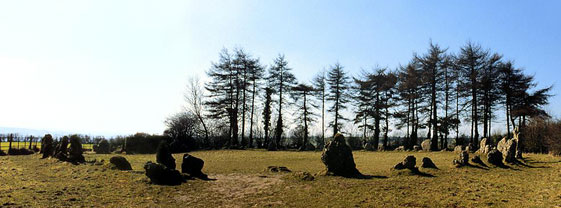
BACK
http://home.hiwaay.net/~jalison/Art5.html
|
|
|
|
|
  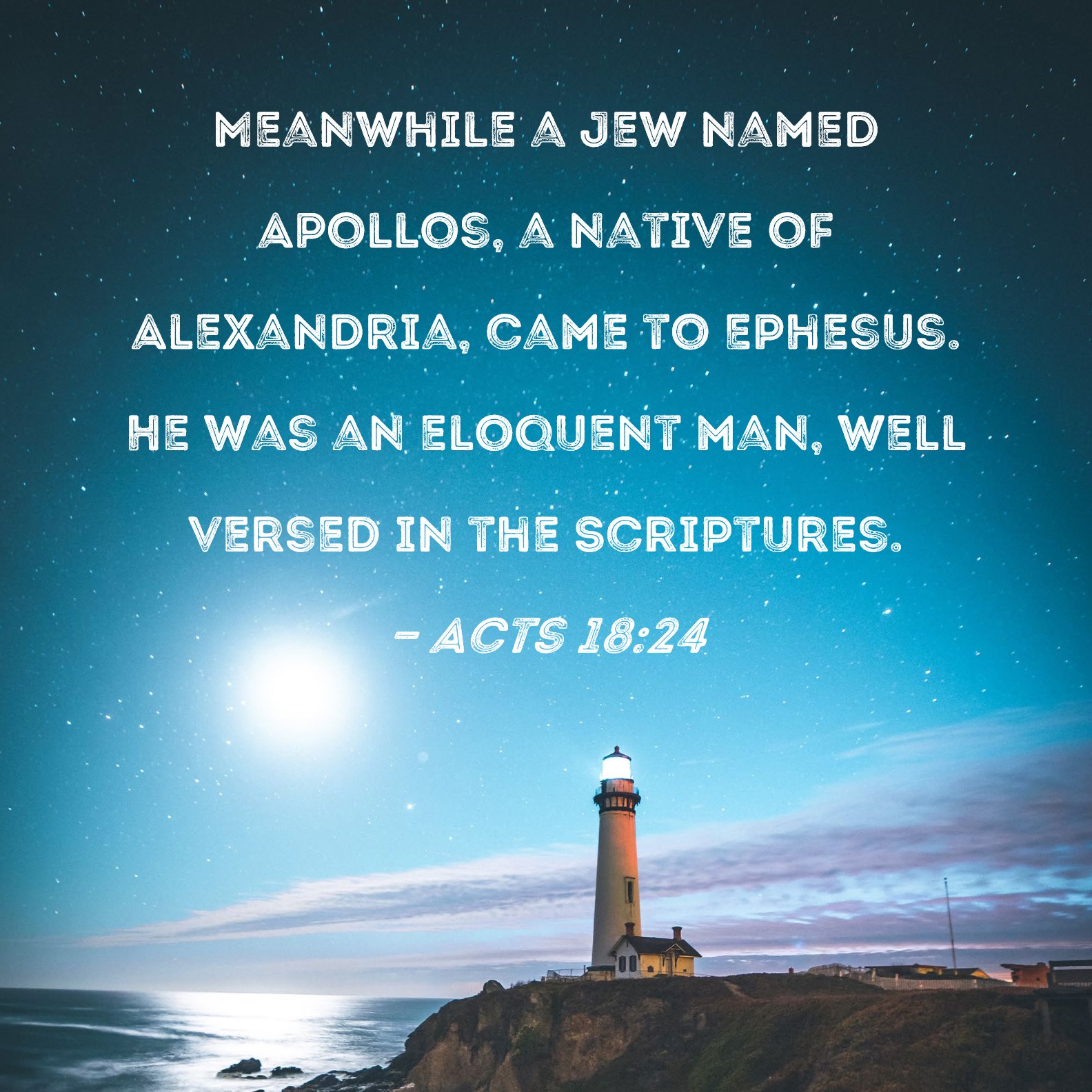 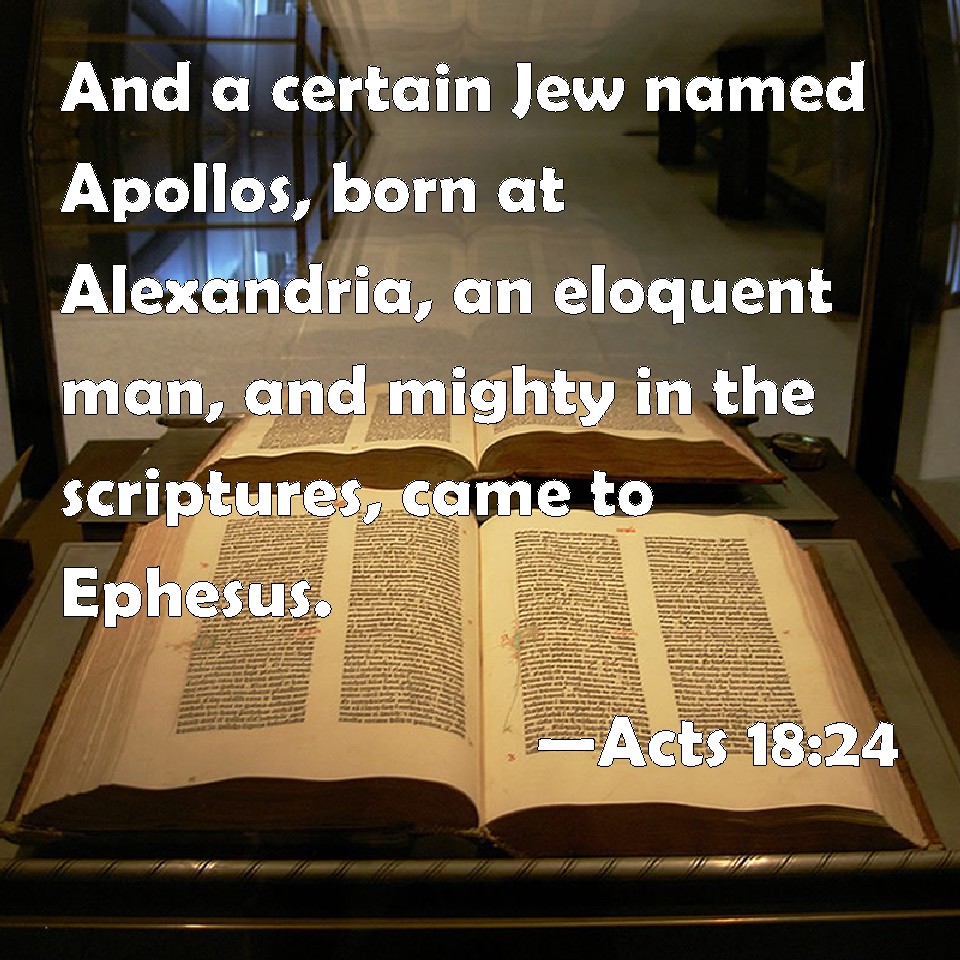
New International VersionMeanwhile a Jew named Apollos, a native of Alexandria, came to Ephesus. He was a learned man, with a thorough knowledge of the Scriptures.
New Living TranslationMeanwhile, a Jew named Apollos, an eloquent speaker who knew the Scriptures well, had arrived in Ephesus from Alexandria in Egypt.
English Standard VersionNow a Jew named Apollos, a native of Alexandria, came to Ephesus. He was an eloquent man, competent in the Scriptures.
Berean Standard BibleMeanwhile a Jew named Apollos, a native of Alexandria, came to Ephesus. He was an eloquent man, well versed in the Scriptures.
Berean Literal BibleNow a certain Jew named Apollos, a native of Alexandria, came to Ephesus, being an eloquent man, mighty in the Scriptures.
King James BibleAnd a certain Jew named Apollos, born at Alexandria, an eloquent man, and mighty in the scriptures, came to Ephesus.
New King James VersionNow a certain Jew named Apollos, born at Alexandria, an eloquent man and mighty in the Scriptures, came to Ephesus.
New American Standard BibleNow a Jew named Apollos, an Alexandrian by birth, an eloquent man, came to Ephesus; and he was proficient in the Scriptures.
NASB 1995Now a Jew named Apollos, an Alexandrian by birth, an eloquent man, came to Ephesus; and he was mighty in the Scriptures.
NASB 1977Now a certain Jew named Apollos, an Alexandrian by birth, an eloquent man, came to Ephesus; and he was mighty in the Scriptures.
Legacy Standard BibleNow a Jew named Apollos, an Alexandrian by birth, an eloquent man, arrived at Ephesus; and he was mighty in the Scriptures.
Amplified BibleNow a Jew named Apollos, a native of Alexandria, came to Ephesus. He was an eloquent and cultured man, and well versed in the [Hebrew] Scriptures.
Christian Standard BibleNow a Jew named Apollos, a native Alexandrian, an eloquent man who was competent in the use of the Scriptures, arrived in Ephesus.
Holman Christian Standard BibleA Jew named Apollos, a native Alexandrian, an eloquent man who was powerful in the use of the Scriptures, arrived in Ephesus.
American Standard VersionNow a certain Jew named Apollos, an Alexandrian by race, an eloquent man, came to Ephesus; and he was mighty in the scriptures.
Contemporary English VersionA Jewish man named Apollos came to Ephesus. Apollos had been born in the city of Alexandria. He was a very good speaker and knew a lot about the Scriptures.
English Revised VersionNow a certain Jew named Apollos, an Alexandrian by race, a learned man, came to Ephesus; and he was mighty in the scriptures.
GOD'S WORD® TranslationA Jew named Apollos, who had been born in Alexandria, arrived in the city of Ephesus. He was an eloquent speaker and knew how to use the Scriptures in a powerful way.
Good News TranslationAt that time a Jew named Apollos, who had been born in Alexandria, came to Ephesus. He was an eloquent speaker and had a thorough knowledge of the Scriptures.
International Standard VersionMeanwhile, a Jew named Apollos arrived in Ephesus. He was a native of Alexandria, an eloquent man, and well versed in the Scriptures.
Majority Standard BibleMeanwhile a Jew named Apollos, a native of Alexandria, came to Ephesus. He was an eloquent man, well versed in the Scriptures.
NET BibleNow a Jew named Apollos, a native of Alexandria, arrived in Ephesus. He was an eloquent speaker, well-versed in the scriptures.
New Heart English BibleNow a certain Jew named Apollos, an Alexandrian by race, an eloquent man, came to Ephesus. He was mighty in the Scriptures.
Webster's Bible TranslationAnd a certain Jew named Apollos, born at Alexandria, an eloquent man, and mighty in the scriptures, came to Ephesus.
Weymouth New TestamentMeanwhile a Jew named Apollos came to Ephesus. He was a native of Alexandria, a man of great learning and well versed in the Scriptures.
World English BibleNow a certain Jew named Apollos, an Alexandrian by race, an eloquent man, came to Ephesus. He was mighty in the Scriptures.
Literal Translations
Literal Standard VersionAnd a certain Jew, Apollos by name, an Alexandrian by birth, a man of eloquence, being mighty in the Writings, came to Ephesus;
Berean Literal BibleNow a certain Jew named Apollos, a native of Alexandria, came to Ephesus, being an eloquent man, mighty in the Scriptures.
Young's Literal TranslationAnd a certain Jew, Apollos by name, an Alexandrian by birth, a man of eloquence, being mighty in the Writings, came to Ephesus,
Smith's Literal TranslationAnd a certain Jew, Apollos by name, an Alexandrian by birth, an eloquent man, arrived at Ephesus, being able in the writings.
Catholic Translations
Douay-Rheims BibleNow a certain Jew, named Apollo, born at Alexandria, an eloquent man, came to Ephesus, one mighty in the scriptures.
Catholic Public Domain VersionNow a certain Jew named Apollo, born at Alexandria, an eloquent man who was powerful with the Scriptures, arrived at Ephesus.
New American BibleA Jew named Apollos, a native of Alexandria, an eloquent speaker, arrived in Ephesus. He was an authority on the scriptures.
New Revised Standard VersionNow there came to Ephesus a Jew named Apollos, a native of Alexandria. He was an eloquent man, well-versed in the scriptures.
Translations from Aramaic
Lamsa BibleAnd a certain Jew named A-pol’los, a native of Al-ex-an’dri-a, an eloquent man and well versed in the scriptures, came to Eph'esus.
Aramaic Bible in Plain EnglishOne man, a Jew whose name was Apollo, a native of Alexandria and instructed in the word, was familiar with the Scriptures and he came to Ephesaus.
NT Translations
Anderson New TestamentAnd a certain Jew, named Apollos, an Alexandrian by birth, an eloquent man, and mighty in the Scriptures, came to Ephesus.
Godbey New TestamentAnd a certain Jew, Apollos by name, an Alexandrian by race, an eloquent man, came into Ephesus, being mighty in the scriptures.
Haweis New TestamentNow a certain Jew named Apollos, an Alexandrian by birth, a man of eloquence, who was powerful in the Scriptures, had come to Ephesus.
Mace New TestamentIn the mean time a Jew, nam'd Apollos, born at Alexandria, a man of letters, and vers'd in the scriptures, arriv'd at Ephesus.
Weymouth New TestamentMeanwhile a Jew named Apollos came to Ephesus. He was a native of Alexandria, a man of great learning and well versed in the Scriptures.
Worrell New TestamentNow a certain Jew, Apollos by name, an Alexandrian by birth, a learned man, came down to Ephesus; and he was mighty in the Scriptures.
Worsley New TestamentNow there came to Ephesus a certain Jew named Apollos, an Alexandrian by birth, an eloquent man, and mighty in the scriptures.
|
|
|
|
|
|
Adolf Hitler (* 20 April 1889 in Braunau am Inn) († 30 April 1945 Berlin), Leader of the Nazi Party, Reich Chancellor from 1933, also self-appointed "Fuehrer" and head of state of Germany.
https://www.album-online.com/detail/es/YTRkYWI0MA/adolf-hitler-april-1889-braunau-am-inn-1945-berlin-leader-alb5556224
EASTER SUNDAY
Mary Magdalene, seeing that the stone of the tomb had been rolled away, ran to tell Peter and John. After receiving the shocking news, the two disciples also went out and — as the Gospel says — “the two were running together” (Jn 20:4). The main figures of the Easter narratives all ran! On the one hand, “running” could express the concern that the Lord’s body had been taken away; but, on the other hand, the haste of Mary Magdalene, Peter and John expresses the desire, the yearning of the heart, the inner attitude of those who set out to search for Jesus. He, in fact, has risen from the dead and therefore is no longer in the tomb. We must look for him elsewhere.
This is the message of Easter: we must look for him elsewhere. Christ is risen, he is alive! He is no longer a prisoner of death, he is no longer wrapped in the shroud, and therefore we cannot confine him to a fairy tale, we cannot make him a hero of the ancient world, or think of him as a statue in a museum! On the contrary, we must look for him and this is why we cannot remain stationary. We must take action, set out to look for him: look for him in life, look for him in the faces of our brothers and sisters, look for him in everyday business, look for him everywhere except in the tomb.
We must look for him without ceasing. Because if he has risen from the dead, then he is present everywhere, he dwells among us, he hides himself and reveals himself even today in the sisters and brothers we meet along the way, in the most ordinary and unpredictable situations of our lives. He is alive and is with us always, shedding the tears of those who suffer and adding to the beauty of life through the small acts of love carried out by each of us.
For this reason, our Easter faith, which opens us to the encounter with the risen Lord and prepares us to welcome him into our lives, is anything but a complacent settling into some sort of “religious reassurance.” On the contrary, Easter spurs us to action, to run like Mary Magdalene and the disciples; it invites us to have eyes that can “see beyond,” to perceive Jesus, the one who lives, as the God who reveals himself and makes himself present even today, who speaks to us, goes before us, surprises us. Like Mary Magdalene, every day we can experience losing the Lord, but every day we can also run to look for him again, with the certainty that he will allow himself to be found and will fill us with the light of his resurrection.
Brothers and sisters, this is the greatest hope of our life: we can live this poor, fragile and wounded existence clinging to Christ, because he has conquered death, he conquers our darkness and he will conquer the shadows of the world, to make us live with him in joy, forever. This is the goal towards which we press on, as the Apostle Paul says, forgetting what lies behind and straining forward to what lies ahead (cf. Phil 3:12-14). Like Mary Magdalene, Peter and John, we hasten to meet Christ.
The Jubilee invites us to renew the gift of hope within us, to surrender our sufferings and our concerns to hope, to share it with those whom we meet along our journey and to entrust to hope the future of our lives and the destiny of the human family. And so we cannot settle for the fleeting things of this world or give in to sadness; we must run, filled with joy. Let us run towards Jesus, let us rediscover the inestimable grace of being his friends. Let us allow his Word of life and truth to shine in our life. As the great theologian Henri de Lubac said, “It should be enough to understand this: Christianity is Christ. No, truly, there is nothing else but this. In Christ we have everything” (Les responsabilités doctrinales des catholiques dans le monde d'aujourd'hui, Paris 2010, 276).
And this “everything” that is the risen Christ opens our life to hope. He is alive, he still wants to renew our life today. To him, conqueror of sin and death, we want to say:
“Lord, on this feast day we ask you for this gift: that we too may be made new, so as to experience this eternal newness. Cleanse us, O God, from the sad dust of habit, tiredness and indifference; give us the joy of waking every morning with wonder, with eyes ready to see the new colours of this morning, unique and unlike any other. […] Everything is new, Lord, and nothing is the same, nothing is old” (A. Zarri, Quasi una preghiera).
Sisters, brothers, in the wonder of the Easter faith, carrying in our hearts every expectation of peace and liberation, we can say: with You, O Lord, everything is new. With you, everything begins again.
https://www.vatican.va/content/francesco/en/homilies/2025/documents/20250420-omelia-pasqua.html |
|
|
 Primer Primer  Anterior 2 a 10 de 10 Siguiente Anterior 2 a 10 de 10 Siguiente  Último Último  |
|
|
|
 Primer Primer
 Anterior
13 a 27 de 27
Següent Anterior
13 a 27 de 27
Següent
 Darrer
Darrer

|
|
| |
|
|
©2025 - Gabitos - Tots els drets reservats | |
|
|


